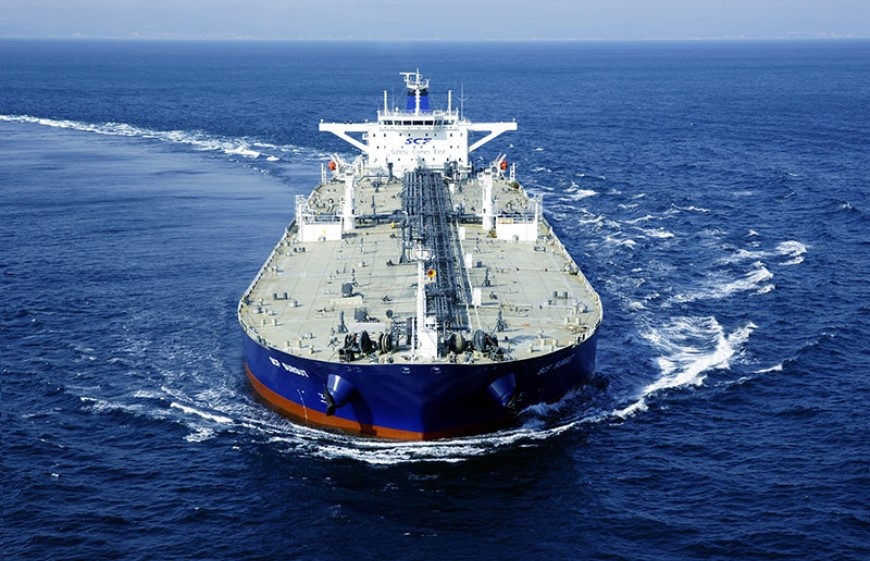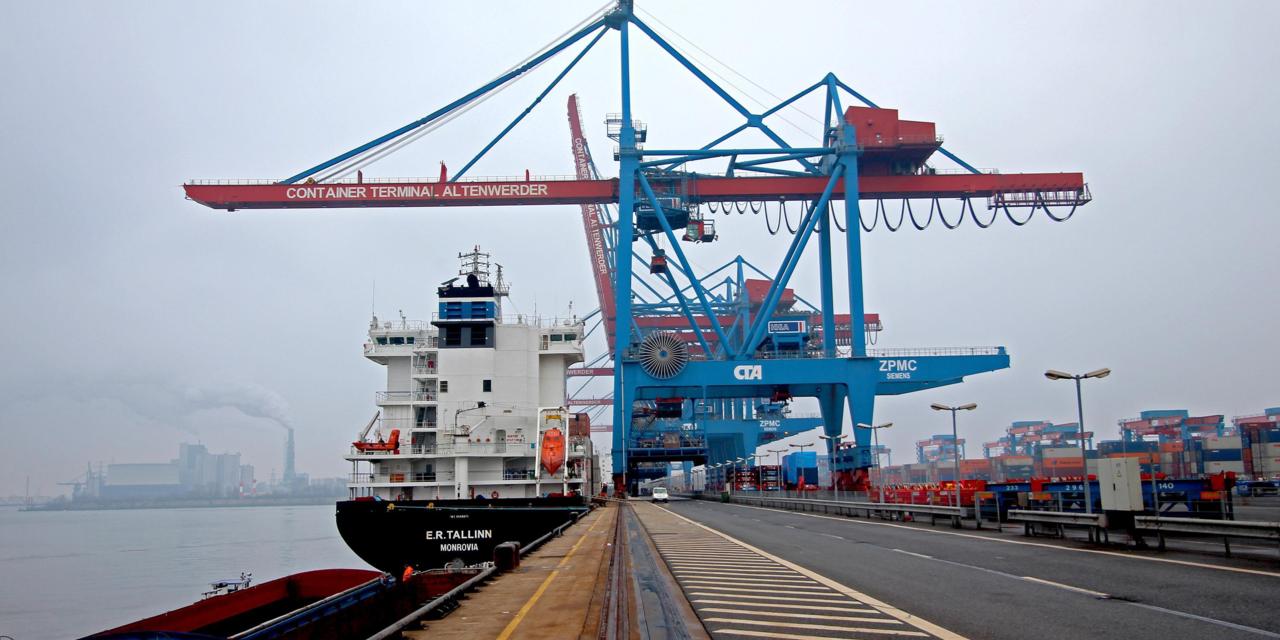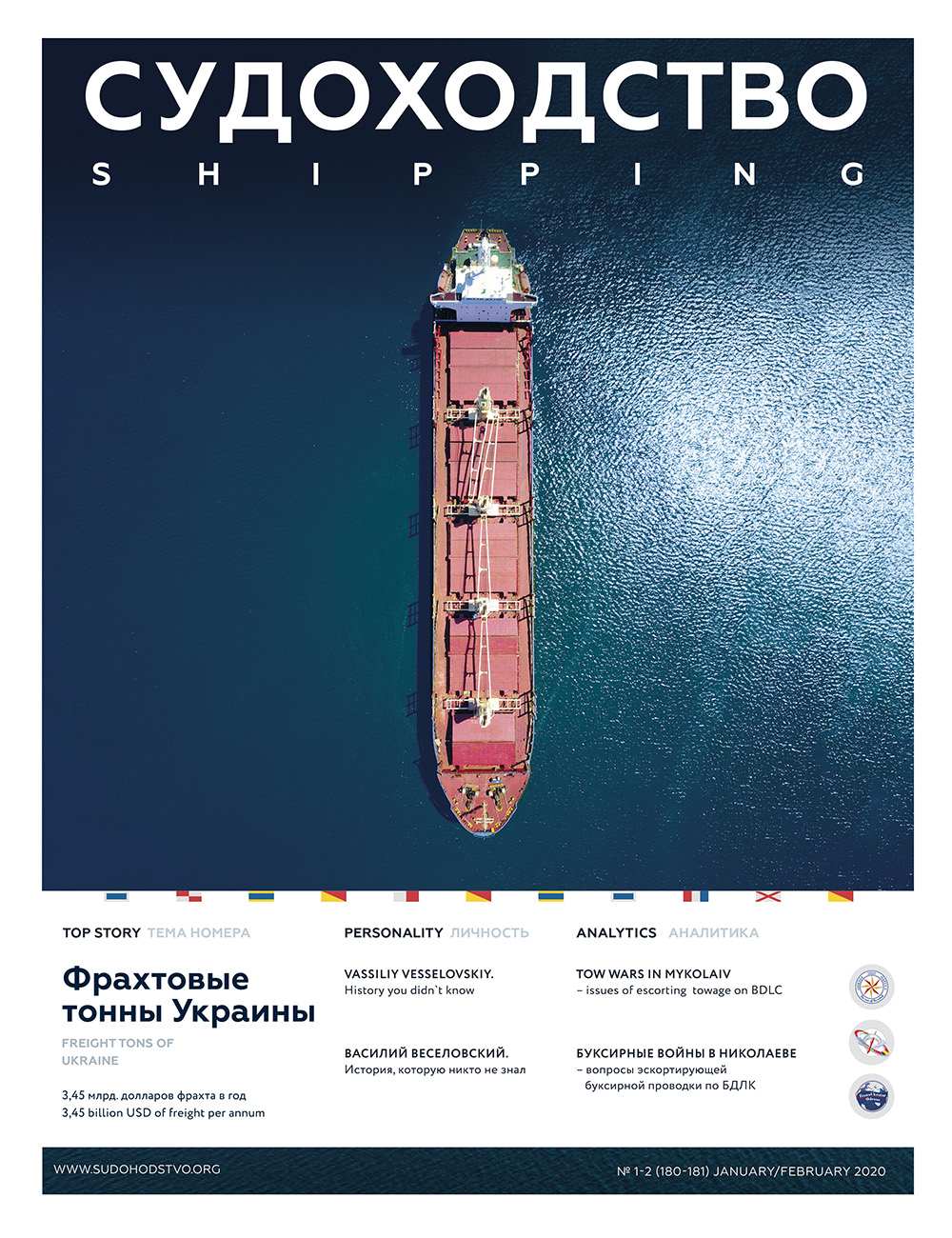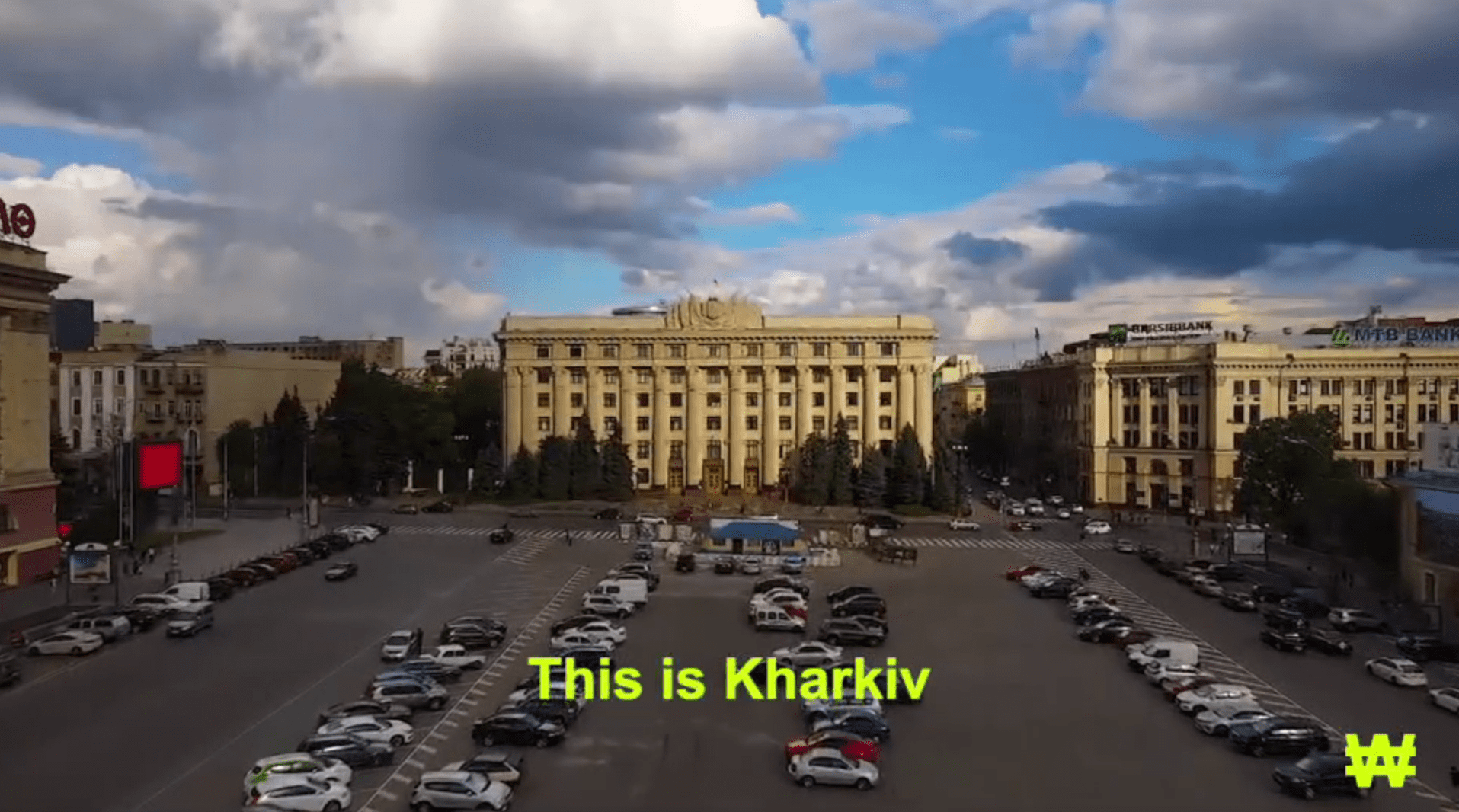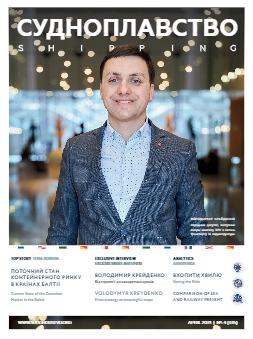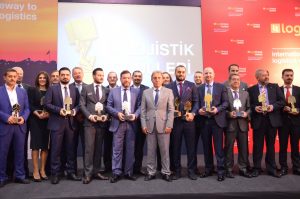Sustaining last year’s improved profitability in 2018 may prove challenging for container shipping companies, Fitch Ratings says. The fact that some companies are likely to have remained loss-making in 2017 highlights the ongoing weakness in sector fundamentals due to persistent overcapacity, which may undermine a longer-lasting recovery, the rating agency explained. 2017 resulted in stronger financial performance across the board as freight rates supported better financial outturns even as operating costs increased due to higher fuel prices. However, it is not clear that higher freight rates will be maintained, especially taking into account the extent of overcapacity which is likely to exert further pressure on carriers amid lack of capacity discipline.
The Shanghai Containerised Freight Index was on average:
- 27 pct higher in 2017 than in 2016
- But its average reading in 4Q17 was lower than in 4Q16
- It has increased marginally in early 2018 but remains lower on average than in the same period last year.
Supply growth is expected to have been about 4 pct in 2017 with a further acceleration to over 5.5 pct in 2018, again exceeding demand growth
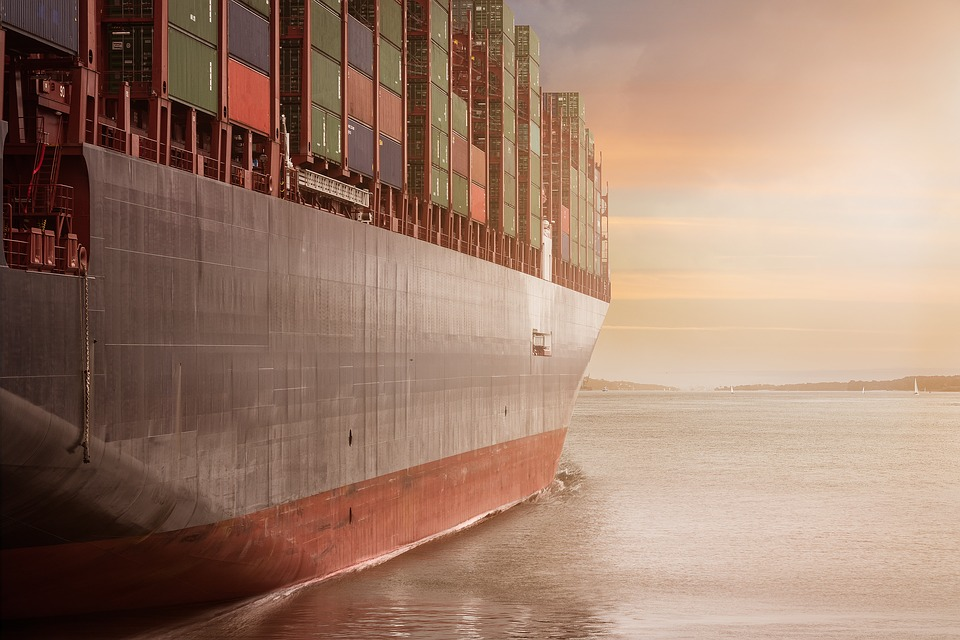
“This may put pressure on rates and make it challenging to sustain the profitability achieved in 2017,” the agency added.
New orders were low in 2016-2Q17 but surged in 2H17, including mega ships, as market sentiment improved with a focus on scale and vessel size. In 4Q17 Maersk Line exercised an option for two new vessels, each with a 15,200 TEU capacity to be delivered in 2019. CMA CGM ordered nine 22,000 TEU mega vessels in September 2017. HMM also announced an ambitious growth strategy, targeting a 5 pct market share and using ultra-large container vessels.
“Deployment of mega vessels on Europe-Asia trading lanes will continue to contribute to overcapacity on this route, and to “cascading down” elsewhere. We also expect lower scrapping and fleet idling in 2018 due to improved market conditions, further reducing the gap between net and gross capacity growth,” Fitch pointed out.
In the medium term, continued consolidation in the sector should lead to more prudent capacity management and support freight rates. The market share of the top five container shipping companies was 45 pct in 2016 and is forecast to rise to 57 pct in 2018. However, no single company is dominant – sector leader Maersk Line’s share is expected to remain below 20 pct after its merger with Hamburg Sued.
“We believe most container shipping companies will continue to regard their market position along with the operation of mega-ships as key to their success, which may prompt further M&A and new vessel orders as the top three companies try to sustain their market leadership and smaller companies seek to increase scale,” the rating agency concluded.

